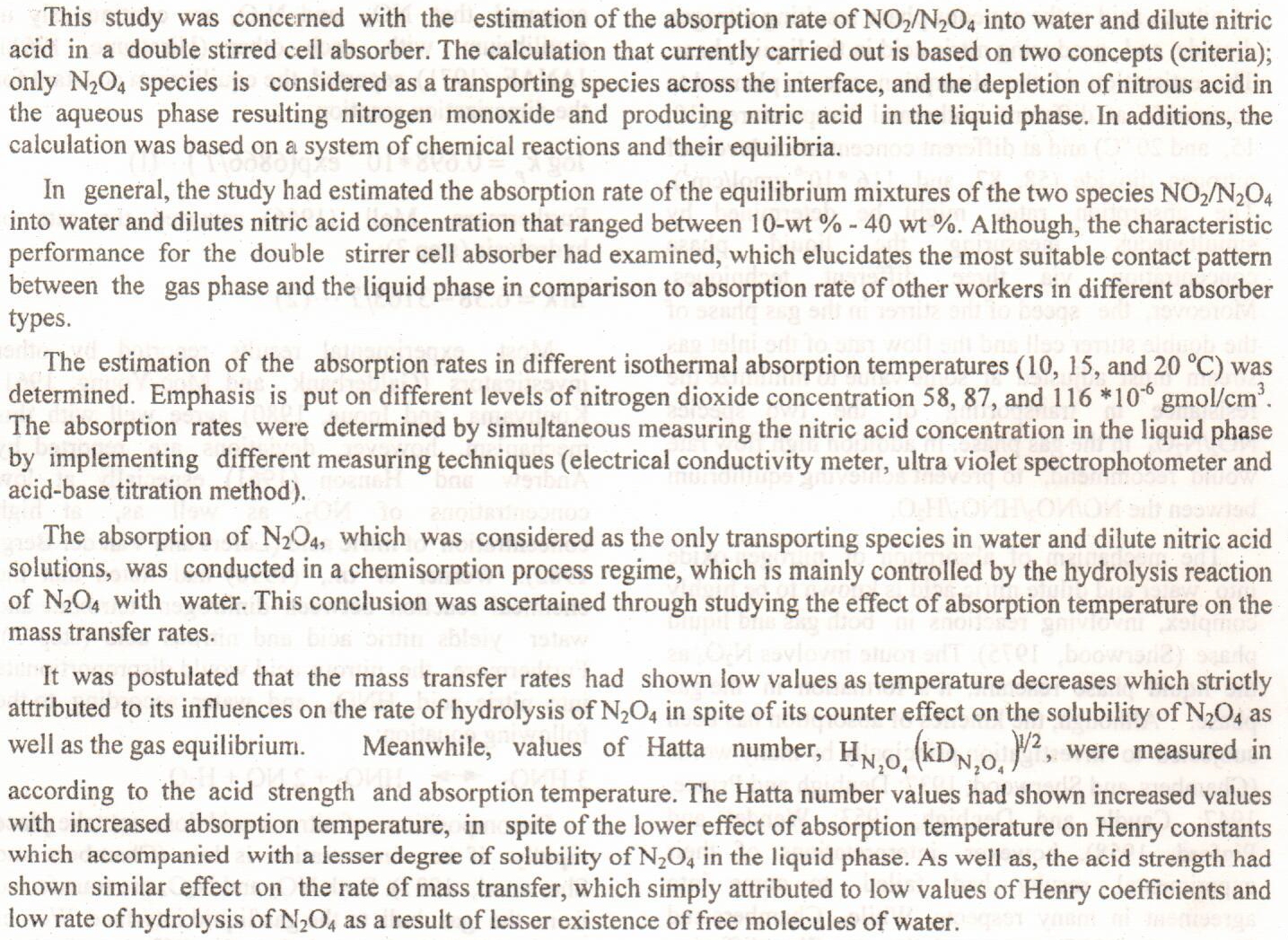
Women are considered important characters and subjects of discussion in the Glorious Qur’an. Some are portrayed in a positive light while others are condemned . Most women in the Glorious Qur’an are represented as either the mothers or wives of certain leaders and prophets. But the lexical items “Imra’a” امراة and “zawj” زوج occur in the Glorious Qur’an with different meanings depending on the context where they occur.
Translation of the Glorious Qur'an has always been a problematic and difficult issue. Since the Glorious Qur'an is regarded as miraculous and inimitable (i'jaz al-Qur'an), Muslims argue that the Qur'anic text should not be separated from its
... Show MoreWomen are considered important characters and subjects of discussion in the Glorious Qur‟an. Some are portrayed in a positive light while others are condemned . Most women in the Glorious Qur‟an are represented as either the mothers or wives of certain leaders and prophets. But the lexical items “Imra‟a” شاحِا and “zawj” طٚص occur in the Glorious Qur‟an with different meanings depending on the context where they occur. Translation of the Glorious Qur'an has always been a problematic and difficult issue. Since the Glorious Qur'an is regarded as miraculous and inimitable (i'jaz al-Qur'an), Muslims argue that the Qur'anic text should not be separated from its true form to another different form keeping the A
... Show MoreEnzymatic hydrolysis process of lignocellulosic biomass materials is difficult because of inherent structural features of biomass, which represents barriers that prevent complete hydrolysis; therefore, pretreatment techniques are necessary to render biomass highly digestible in enzymatic hydrolysis process. In this research, (non?) oxidative short-term lime pretreatment of willow wood was used. A weight of 11.40 g of willow wood was mixed with an excess of calcium hydroxide (0.4 g Ca(OH)2/g raw biomass) and water loading (15 g/g raw biomass). Lime pretreatment was carried out for various periods of time including 1, 2, 3.5, 5 and 6 h, with temperatures at 100, 113, 130, 147 and 1600C, and oxygen pressures as o
... Show MoreIn this note, we present a component-wise algorithm combining several recent ideas from signal processing for simultaneous piecewise constants trend, seasonality, outliers, and noise decomposition of dynamical time series. Our approach is entirely based on convex optimisation, and our decomposition is guaranteed to be a global optimiser. We demonstrate the efficiency of the approach via simulations results and real data analysis.
 (3)
(3)
 (1)
(1)
Increase in unconventional resources of calcium (Ca+2) for fowls, aquaculture and native animals was improved. This work was planned to define the most polymorph of calcium carbonate (CaCO3) that take place in the two types of chicken eggshells (local and imported type). In this research, the comparative analysis of calcium carbonate (CaCO3) content was approved for nominated eggshells of native strain and imported chicken via Field Emission Scanning Electron Microscope (FESEM), Transmission Electron Microscope (TEM), Fourier-Transform Infrared Spectroscopy (FTIR) and Powder X-Ray Diffraction (PXRD) analysis. The results demonstrate that native and imported chicken eggshells comprise calcite morph that ha
... Show More (2)
(2)
 (4)
(4)
 (2)
(2)
 (3)
(3)
This paper shows the characteristics of temperature and adsorbed (water vapor) mass rate distribution in the adsorber unit which is the key part to any adsorption refrigeration system. The temperature profiles of adsorption/desorption phases (Dynamic Sorption) are measured experimentally under the operating conditions of 90oC hot water temperature, 30oC cooling water temperature, 35oC adsorption temperature and cycle time of 40 min. Based on the temperature profiles, The mass transfer equations for the annulus adsorbent bed are solved to obtain the distribution of adsorption velocity and adsorbate concentration using non-equilibrium
model. The relation between the adsorption velocity with time is investigated during the process of ads
 (1)
(1)
Adsorption techniques are widely used to remove certain classes of pollutants from waters, especially those that are not easily biodegradable. Dyes represent one of the problematic groups. The removal of methyl green from waste water using bamboo was studied in batch and continuous system. In batch system equilibrium time and adsorption isotherm was studied at different concentrations (5, 10, 15, 20, 25 and 30 ppm) and 50 mg weight of adsorbent.
Langmuir and Freundlich equations were applied for adsorption isotherm data. Langmiur equation was fitted better than Freundlich equation (R2=0.984 for Langmuir equation).The maximum percentage dye removal obtained 79.4% and adsorption capacity was 15.5 mg/g. For continuous system the breakthr
Two series of bent and liner core mesogen containing 1,2,4-traizole ring [VI]a,g and series were synthesized by many steps starting from esterification of isophthalic acid and terephathalic acid with methanol to yield diester compound [I]a,b which was converted to their acid hydrazide [II]a,b and the acid hydrazide reacted with ammonium thiocyanate or diester reacted with thiosemicarbazide to yield compounds [III]a,b. Then cyclization by 4% NaOH to yielded 1,2,4 traizole-3- thiol compounds [IV]a,b , afterword adding hydrazine hydrate to yield compounds [V]a,b. These compounds condensated with different substituted aldehyde to give new Schiff bases[VI]a,b ,[VII]a,b . Also , reaction acid hydrazide [II]a,b with aldehyde [VII] to yielded Schif
... Show More (1)
(1)
 (1)
(1)
 (1)
(1)
